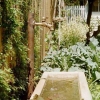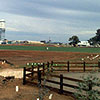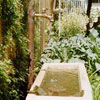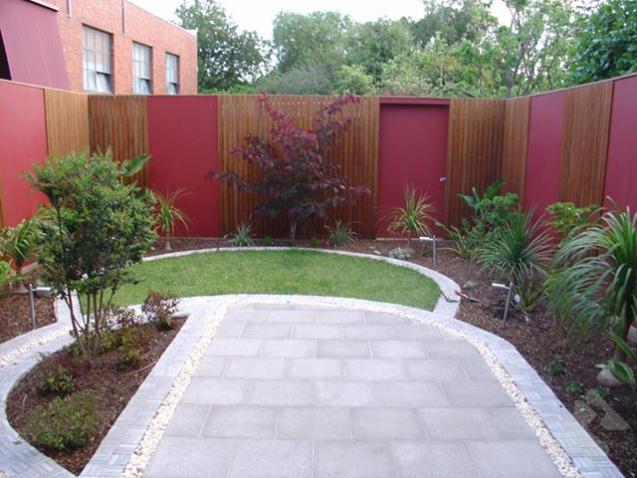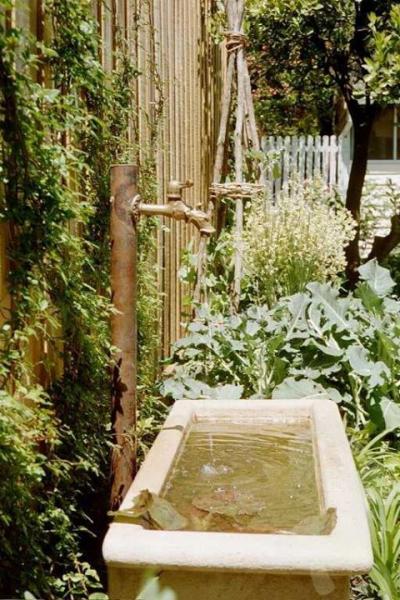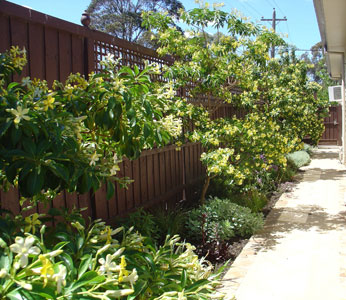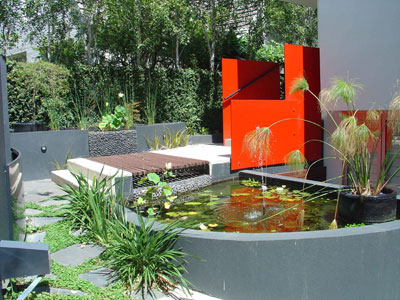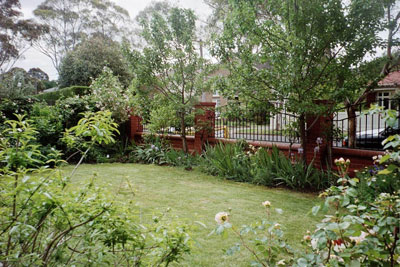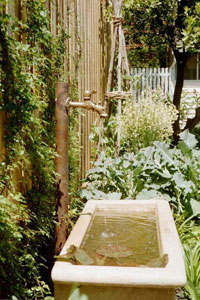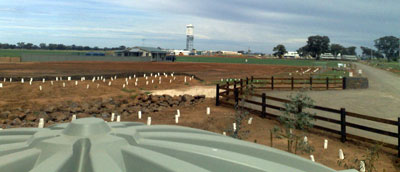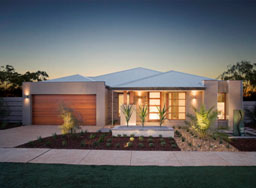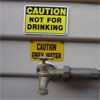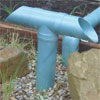 Botanical Traditions13 years13 years
Botanical Traditions13 years13 years
Newsletter Autumn 2013
It has been a busy year for Botanical Traditions for the last year, with lots of exciting projects, new staff joining the team, and a new garden maintenance service offered.
 Botanical Traditions18 years18 years
Botanical Traditions18 years18 yearsTowards The Grey
Various government measures to secure water supplies for the future are underway or have been announced, but many individuals are taking the responsibility for reducing their total water consumption now, rather than later.
 Botanical Traditions19 years19 years
Botanical Traditions19 years19 yearsWaterwise Gardens
A water-wise garden does not mean a dead or desert garden, nor does it necessarily mean a lawn free garden.
Rainwater
Traditionally, rainwater tanks have been a source of domestic water supply for isolated properties and small communities in the absence of a mains water supply. However, when applied in the urban context, rainwater tanks can provide an opportunity to significantly reduce demand on mains water in certain areas of use.
Historically in urban areas stormwater (or rainwater) has been viewed as a nuisance or hazard in terms of flood management. The stormwater system in Melbourne has been designed to remove significant volumes of rainwater away from built areas. In recent times there has been increased acknowledgment that this wasted stormwater is a vital resource which should be used, rather than wasted.
As a resource, stormwater can be collected in rainwater tanks and accessed for many purposes including toilet flushing, laundry, garden watering, and car washing. It could potentially reduce mains water use by up to 70% in an average household. Similarly rainwater tanks can assist in reducing localised flooding or stormwater runoff volumes during rainfall events, through temporary storage and delayed release or reuse.
Rainwater Tanks
Rainwater tanks are no longer just huge, round and ugly, they come in all shapes and sizes to suit the urban and suburban home and commercial applications.
There are many different styles available. Polyethylene tanks give you the greatest flexibility in terms of colours, shapes and sizes. They come in above ground types and below ground types.
Metal/Steel tanks have been popular for years and continued development of new colours, shapes and sizes has ensured they still are. At least 20 years ago the majority were made from rolled sheets of galvanised iron. Today plain metal tanks are typically made from Zincalume®, and the coloured tanks are made from a special type of Colorbond® steel - AQUAPLATE®. The Colorbond tanks are lined with plastic to prevent incompatibility with roofing material. In coastal situations stainless steel tanks maybe more suitable.
Concrete tanks come in two types - either delivered complete, or poured on site. If they are to be delivered to site they are craned off the delivery truck into position. If they are made on site a frame is built and then concrete is poured in. In many cases a plastic sealing agent is used on the inside of the tank. Concrete tanks block out heat and light. Concrete tanks can be used above or below ground.

